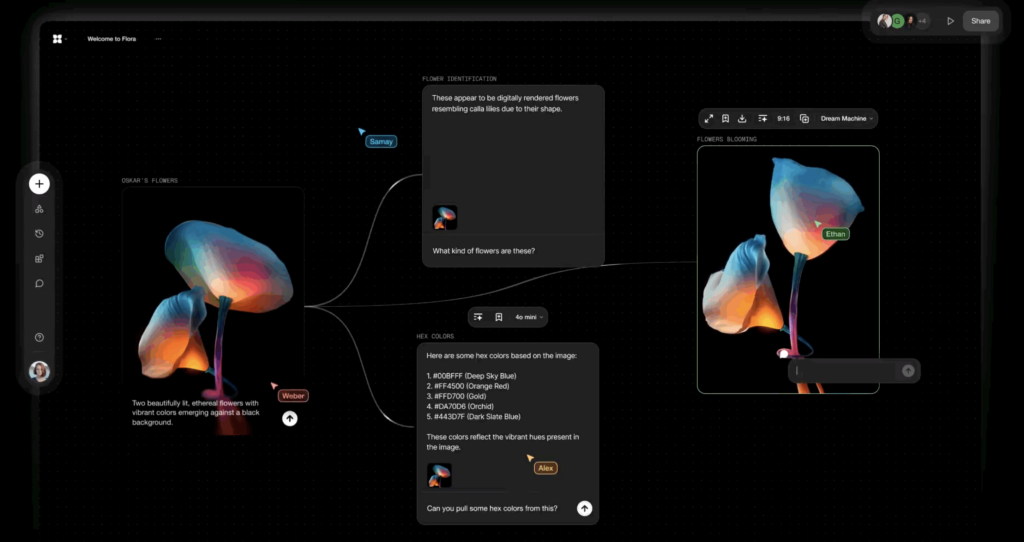Introduction
AI in automated system monitoring is no longer a research experiment. Organizations running cloud infrastructure, distributed services, and complex business processes are adopting machine learning to detect anomalies, prioritize incidents, and automate remediation. This article walks beginners, engineers, and product teams through practical architectures, integration patterns, operational metrics, vendor trade-offs, and governance considerations you need when introducing AI into monitoring systems.
Why it matters: a short scenario
Imagine a mid-sized payments provider. At 03:12 a.m. their primary payment router starts returning intermittent 502 errors. Traditional threshold alerts fire, but thousands of noisy alerts inflate the on-call queue. An AI-powered monitoring layer groups related errors, identifies a configuration rollback as the likely root cause, and triggers a pre-approved rollback playbook to restore service. Engineers wake up to a single informative incident and a post-incident report instead of chasing symptoms.
That narrative illustrates three gains from AI in automated system monitoring: faster signal-to-action, reduced noise, and improved post-incident learning. Achieving this reliably requires careful architecture and rigorous operational practices.
Core concepts explained simply
- Signal processing – ingest metrics, traces, logs, and events into a time-aligned store.
- Anomaly detection – models that learn normal behavior and flag deviations by traffic patterns, latencies, or error rates.
- Root cause suggestion – correlating signals across layers to surface probable causes, not just symptoms.
- Automated remediation – executing safe, policy-driven actions such as scaling, circuit breaking, or failing over.
- Feedback and learning – capturing outcomes to improve models and policies over time.
Architectural patterns
Two dominant design patterns are used in practice: synchronous model-in-the-path for low-latency decisions and event-driven pipelines for broader analysis and automated workflows.
Synchronous model-in-the-path
Use when decisions must be near-instant: routing, admission control, or throttling. A lightweight model evaluates requests and attaches decision metadata. This pattern requires strict latency budgets (p95/p99), model serving with minimal overhead, and deployment close to the request path. The trade-off is complexity in deployment and reduced model capacity due to inference latency constraints.
Event-driven pipelines
For cross-service correlation, anomaly detection over windows, or batched retraining, stream processing with Kafka, Pulsar, or managed event buses paired with Apache Flink or a serverless function mesh works well. These pipelines allow heavy models and richer context but have higher end-to-end detection latency.

Hybrid approach
Common in practice: fast, heuristic models inline to suppress noise and trigger investigations; deeper ML jobs run asynchronously to refine root cause and recommend actions. Orchestration layers such as Temporal or Airflow manage workflows and retries for remediation playbooks.
Platform choices and trade-offs
Choose among three broad paths: managed observability + AI features, self-hosted open-source stacks with ML added, or specialized monitoring AI platforms.
- Managed vendors like Datadog, Splunk, and New Relic offer integrated AI features, fast setup, and managed scaling. The trade-offs are cost predictability and limited customization for advanced models.
- Open-source stacks built on Prometheus, Grafana, Loki, Cortex, and OpenTelemetry give full control over data ownership and model experimentation, but require investment in ops and scale engineering.
- Model-serving platforms such as BentoML, KServe, or NVIDIA Triton handle inference at scale and integrate with feature stores and MLOps pipelines. They are essential when custom models are central to remediation logic.
Consider latency, throughput, multi-tenancy, and cost models: per-inference billing (managed) versus fixed resource costs (self-hosted). Also evaluate data residency and compliance constraints when choosing managed services.
Integration patterns and API design
Monitoring systems need clear integration boundaries. Design APIs for:
- Signal ingestion – standardized schemas, backpressure handling, and retries using OpenTelemetry conventions.
- Inference – a lightweight REST or gRPC inference API with versioning, model metadata, and explainability fields.
- Action orchestration – policy APIs for safe remediation steps, approvals, and rollout gating.
- Feedback loop – outcome reporting APIs to feed ground truth back into training systems.
API design must include rate limiting, idempotency for remediation calls, and audit trails for governance.
Deployment, scaling, and cost considerations
Key practical signals to monitor:
- Latency metrics: p50/p95/p99 for inference and detection windows.
- Throughput: events per second, retained event days, storage and compute spikes.
- Cost drivers: model GPU time, feature store I/O, and long-term log retention.
- Failure modes: model timeouts, backpressure in pipelines, and alert storms.
Scaling strategies include model quantization, batching, autoscaling inference pods, and using cheaper CPU models for fallbacks. For long-tail analysis, use spot or preemptible compute for batch jobs to control costs.
Observability, SLOs, and monitoring the monitor
You must instrument the monitoring system itself. Track:
- Detection precision and recall measured against labeled incidents.
- Alert-to-action latency and mean-time-to-resolve (MTTR).
- Model drift metrics: input distribution divergence, feature importance shifts, and calibration errors.
- Operational health: inference error rates, model version rollouts, and resource saturation.
Monitoring the monitoring stack is not optional. If your detector fails silently, the system degrades faster than a human operator can react.
Security and governance
Automation that can change system state must be governed carefully. Best practices include:
- Role-based access control and separation of duty for automated remediation playbooks.
- Audit logs for every automated action and a replayable evidence trail.
- Explainability requirements so that suggested root causes and remediations are interpretable for compliance.
- Data minimization and encryption in transit and at rest to satisfy GDPR and sectoral regulations.
Vendor comparisons and ROI
Quantifying ROI requires measuring reduced downtime, mean-time-to-detect, and labor savings from lowered on-call fatigue. Managed vendors accelerate time-to-value and reduce operational labor, but self-hosted stacks yield better control and lower unit costs at scale. For example, a fintech with strict compliance needs might prefer an on-premise stack with custom models, while a SaaS company focused on rapid feature delivery opts for managed observability plus bespoke model hooks.
When comparing vendors, evaluate:
- Data egress and long-term storage costs
- Model lifecycle support: A/B testing, canary rollouts, and rollback
- Integration with incident management tools like PagerDuty and ServiceNow
- Customization for domain-specific signals
Case studies and real-world signals
Several organizations report measurable benefits: a global e-commerce company reduced alert fatigue by 60% using unsupervised anomaly clustering; a cloud provider leveraged streaming ML to reduce false positives in autoscaling decisions. In open-source, projects around OpenTelemetry and KServe have matured to support production model serving and standardized signal collection. Recent academic and industry advances, such as DeepMind large-scale search and Multi-task learning with PaLM, indicate the potential for models that generalize across monitoring tasks, though production adoption requires careful engineering to avoid overfitting lab results to live operations.
Common pitfalls and mitigation
- Overfitting to historical incidents – Use cross-validation across time-slices and simulate novel failures to test generalization.
- Alert storms – Implement deduplication, correlation, and backoff strategies before enabling automated actions.
- Undetected drift – Schedule regular model retraining and holdout evaluation windows.
- Lack of human-in-the-loop – Start with suggested actions and escalate to automated only after proven reliability and explicit approvals.
Future outlook
Expect the convergence of large pre-trained models and monitoring: multi-task learning techniques similar to Multi-task learning with PaLM can enable a single model to perform anomaly detection, log summarization, and incident triage across domains. Work from teams exploring DeepMind large-scale search shows the value of combining large-scale retrieval with learned ranking in complex systems — analogous techniques can improve root cause analysis by retrieving similar past incidents and rank candidate remediations.
In parallel, the notion of an AI operating system (AIOS) that orchestrates models, signals, policies, and actions continues to gain traction. Standards around telemetry, model explainability, and safety will influence adoption, especially in regulated industries.
Key Takeaways
AI in automated system monitoring offers powerful gains when grounded in rigorous architecture and operational discipline. Start small: deploy lightweight models for noise reduction, instrument everything, and iterate with human-in-the-loop workflows. Choose platforms aligned with your compliance and cost constraints, and invest in observability for the observability stack itself. Advances in large-scale models and multi-task training promise more general and capable monitoring assistants, but practical gains will come from careful integration, SLO-driven design, and clear governance.
